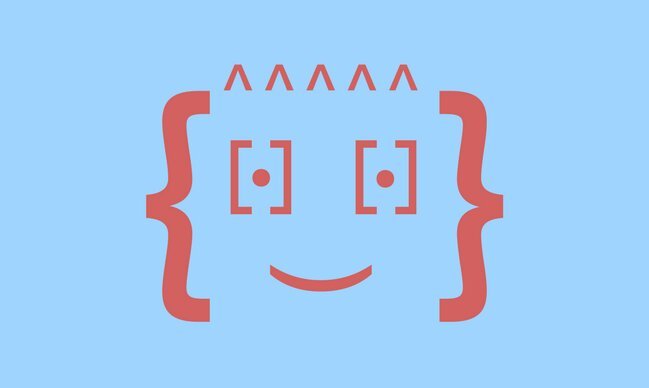Google Docs has reshaped the way we write, edit, collaborate, and comment, but it can do so much more than we often give it credit. How many of the following ten cool features are you actively using?
1. Type with your voice.
Google Docs allows you to say it like you mean it—literally—with its voice typing technology. This is great for those of us who like to multitask and for those of us who don’t necessarily love typing all the time. This feature includes punctuation (comma), as well as commands like “select paragraph,” “new line,” “all caps,” and “underline.” View the full list of Google voice typing commands here.
How To Voice Type in Google Docs: Head to “Tools” and then “Voice Typing” to get started.
2. Notify your team.
Need to assign a task or pass the baton in a collaborative document? Just create a comment and tag a teammate using their email, and then check the box to assign the task to them. The team member will receive an email notification that something in the document requires their attention.
How To Assign a Task in Google Docs: Create a comment and type “+” with the desired email address. Follow the remaining prompts.
3. Find a previous version.
Google Docs automatically saves every version of your document, so if too many hands in the pot have ruined your delicious prose, you can reach back in time to your preferred paragraphs.
How to find previous Google Doc versions: Head to “File” and click “See revision history.”
4. Easily source links.
Google Docs makes very light work of sources and resources when it comes to creating live URL links within a document. Simply highlight the text you would like to link and hit CTRL+K; Google docs will find the most relevant link for you. You can also copy and paste the URL if you want.
How to create a link within a Google Doc: Psst. Read the above.
5. Translate into another language.
While not infallible by any stretch, you can get a head start on creating documents in many other languages by using the Google Doc translating tool. Make sure to proofread, though. A lot.
How to translate a Google Doc into another language: Click on “Translate document” under the “Tools section.
6. Create a digital signature.
Parent consent forms could get a lot easier and emails more personal if you used the drawing tool for signatures. This feature uses the Google Doc drawing function, which is also useful for drawing diagrams and sending handwritten notes.
How to create a digital signature in Google Docs: Open the Drawing tool in the Insert menu. Select “line” and then “Scribble.” Autograph, save, close, and insert as needed!
7. Free faxing!
We’ve all had that weird situation when someone asks us to fax a document. I mean, who has fax machines anymore? Luckily, Google Docs allows you to fax up to 5 pages for free through their online system; as long as the file is in an accessible folder, you’re good!
How to fax via Google Docs: Click the “Fax This” bookmarklet, type the phone number, and away you go.
8. Add an outline.
Document outlines not only help with organization, but they also can serve as a table of contents when building a large document that may not be otherwise easy to navigate.
How to make a table of comments in Google Docs: Head to “Tools” and click “ Document Outline.” All headers will be listed automatically, allowing you to navigate your pages quickly.
9. Explore your options.
The Google Docs “explore” feature lets you work and search at the same time, be it additional articles for research, more images, video and more.
How to learn more about your topic in Google Docs: Head to that trusty “Tools” section again and hit the “Explore” menu item. A right sidebar will pop up, offering the information you’re looking for (and probably more than you need).
10. Work online and offline.
Contrary to common belief, don’t need an internet connection to work on a Google Doc, but you do need an active sign-in to Google Chrome. You can view, create, and edit existing files as needed, and all the changes will sync up as soon as you plug back into the interwebs. Remember, you won’t be able to actively collaborate, but you can create your comments and tags in the meantime.
How to work offline in Google Docs: Click on “Settings” and then find “Offline Sync” to turn it on.
Google Docs is impressive right out of the box, and it doesn’t stop there. It offers tons of free add-ons that are specific to the tasks you need. Easy Bib, for instance, makes light work of bibliographies. HelloFax allows you to both send—and receive—faxes online. You can also use the apps to encrypt your document, shorten URLs, launch a conference call around a document, and more.
Have another hack you’d like to add? We're all ears.




















